Product Manual Production with Zero Version Chaos: 5 Steps to Change Tracing and Historical Traceability Mechanism
Hey, friends who make product manuals, are you often messed up by these things? The newly printed manual, the technical department said that the parameters had been changed; The design draft was changed to the 18th edition, and as a result, the leader said that "the first edition still feels good"; A sales colleague met a customer with an old version of the manual, but the information didn't match. The scene was called an embarrassment... Versions are flying all over the sky, communication depends on yelling, not to mention wasting money, the key is to lose share in front of customers! Don't panic, the "special medicine" to fix the confused version is here. These 5 steps are practical and easy to use!
Step 1: Turn the "mantra" into a "formal sheet"-establish a modification application mechanism
"Hey, Xiao Li, can you help me change the parameters on page 5 of that manual?" Speak verbally, shout on WeChat, and emails flying all over the sky? When the source is chaotic, everything behind it is chaotic!
How to do it: No matter how small the change is (even if it's just a typo!), you have to officially take a single. Get a simple electronic application form (online form, shared document), nail key information:
Where to change? It must be clearly stated: which page, paragraph and picture of the manual.
Why change it? Customer complained? The technology has been upgraded? Regulations changed? Write clearly.
Who will change it? Who is responsible? (Xiao Wang from the marketing department? Lao Li from the technical department?) Don't be vague.
What time is good? Give me a clear Deadline, don't delay!
Efficiency soaring point: All application forms are unified in one place. Who mentioned it, who is responsible, and where the progress is, you can see clearly at a glance. Completely end the "I thought you changed it" drama!

Step 2: Let the modification "shine"-design the chameleon mark logo
The new version has been changed, and it looks exactly like the old version? It's all human flesh to "find the difference", which is eye-catching and easy to leak!
What to do: Label each change with a unique "visual label":
Text modification: Newly added or changed text should be highlighted directly with eye-catching colors (such as bright green in this edition). Add a small note next to it: "Updated on 2024.7.9, Technical Department-Lao Li".
Picture/chart update: Add a clear small watermark in the corner of the picture, such as "Ver2.3".
Version identity tag: The footer or header of each page is generously printed with the version number and update date (for example: V2.3 _ 20240709).
Efficiency soaring point: When you get the manual, you can recognize whether it is the latest version and where it has been changed in 3 seconds. When sales brothers go out to meet customers, they are no longer afraid of getting the wrong "ammunition"!
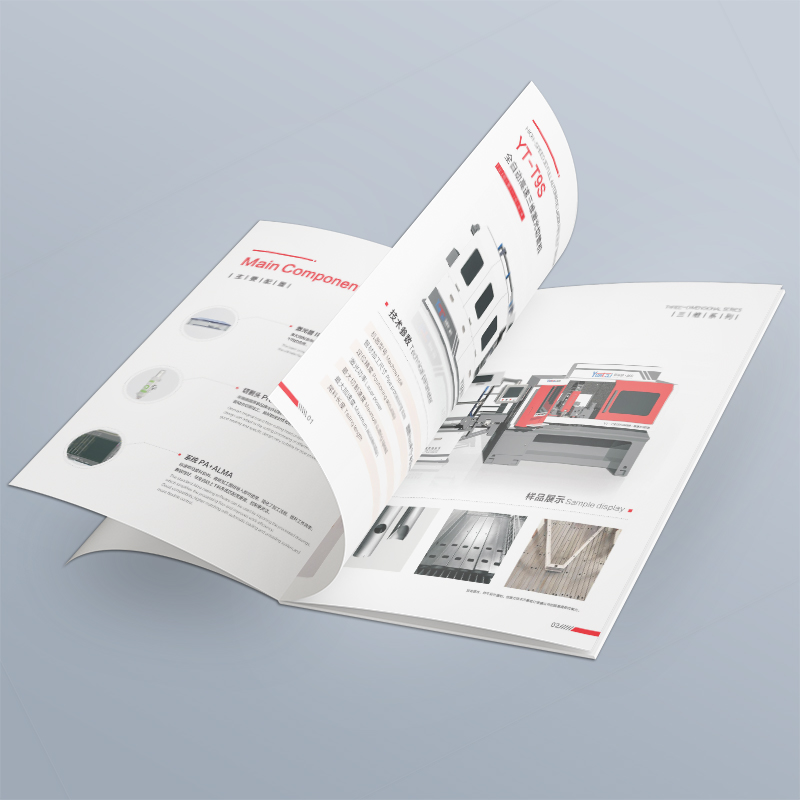
Step 3: Build a "unique truth database"-build a central document library
Whose computer is the final version file in? USB flash drive? Or drowning in WeChat chat records? Finding a file is like looking for a needle in a haystack!
How to do it: Must! Must! Must! Create a unique designated storage point online (enterprise network disk and cloud disk are OK):
Put by version: The folder name is "V1.0 _ 20240601", "V1.1 _ 20240615", "V2.0 _ 20240701"... Clear and clear.
Only "Graduation Edition": In this library, only PDF or printed documents that have been finalized and released to the public are stored. Those drafts that are changed and changed? Don't stuff it!
Permissions are well managed: Who can upload (usually the person in charge of the manual), who can download (everyone can read it), the permissions are set, and the hand slides and deletes them by mistake? Doesn't exist!
Efficiency soaring point: Want to find the version sent to Mr. Zhang, a major customer, last year? Get it done in 10 seconds! The historical version can be turned over at any time, and the responsibility is clear.
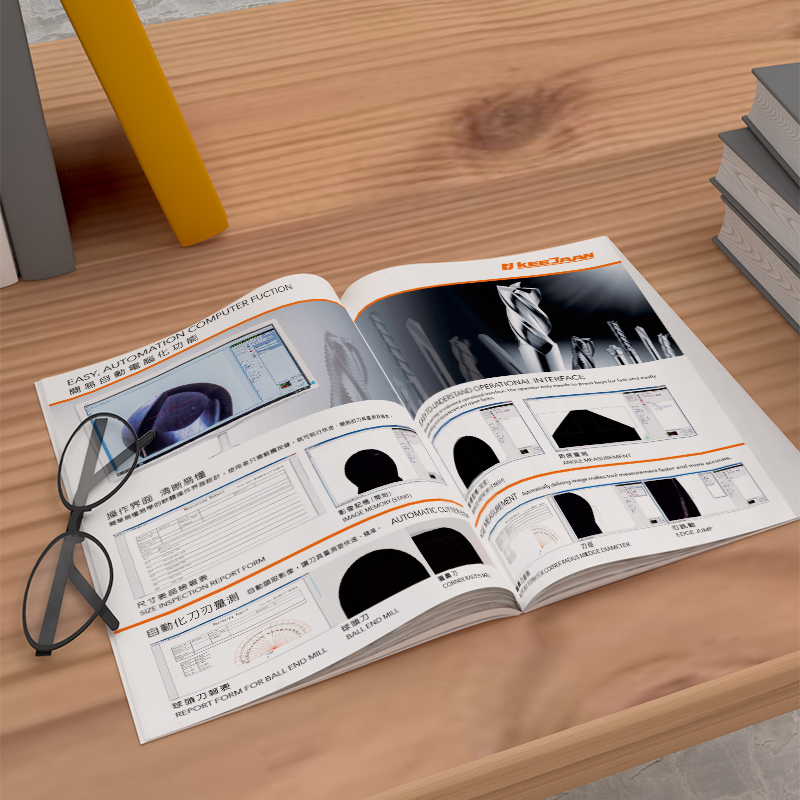
Step 4: Write a "growth diary" for the version-maintain the change log
Why upgrade from V1.2 to V1.3? What exactly has changed? Ask a circle of people, the statement is still different? Too much delay!
How to do it: Create an exclusive "growth diary" for the manual (an online document can be done):
Version No. : V1.3, V2.0...
Update Date: 2024.07.05
What's changed? Make it brief: for example, "update the battery life data on page 8" and "fix the product size unit error on page 3".
Why change it? "Measured Data Optimization", "Customer Feedback".
Who changed it? "Technical Department-Lao Li", "Customer Service Department-Xiao Wang".
Who tried it? "Marketing Department-Director Zhang".
Efficiency Soaring Point: Newcomer Takes Over Project? Customer Questions Changes? Open this "diary", all the history is clear at a glance, and the communication is labor-saving and efficient!
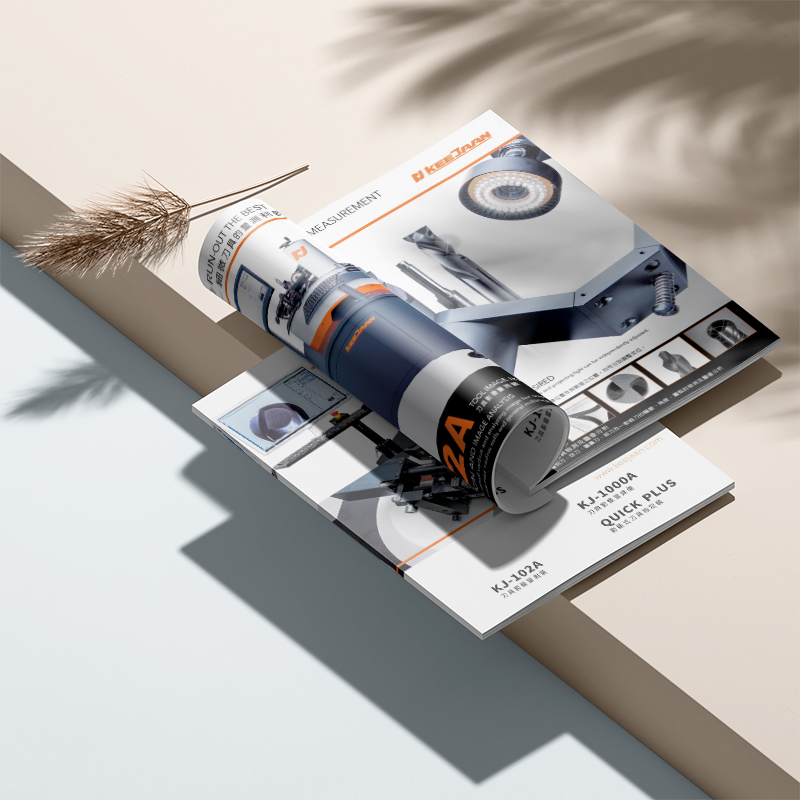
Step 5: Regular "general cleaning" and version preservation-set cleaning rules and update rhythm
The old versions are piled up in mountains, and it is easy to confuse when taking up space; The manual is not updated for several years, and the information is outdated!
How to do it :
Set a "shelf life" for the old version: For example, the non-final draft that is stipulated to be published for more than 18 months can be moved from the main database to the "historical archives" (special folder). The final released version is treasured forever.
Active "physical examination": Every quarter or every six months, the person in charge takes the initiative to look through the contents of the manual: Is there any major update to the technology? Has the market strategy changed? Even if there are no minor repairs, if the content is "aging", it's time to consider upgrading to a new version.
Efficiency soars: the warehouse is clean, and things can be found quickly; Regular checks force you to update the content, and the manual is always "fresh and informative"!
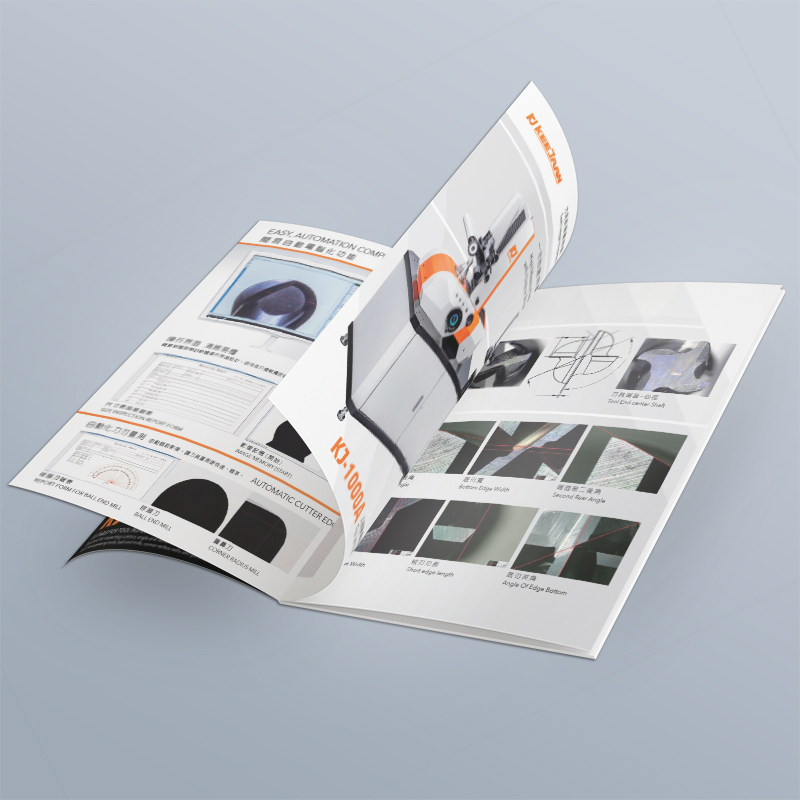
Steady and steady, let the manual become the "golden signboard" of your brand
Product manuals are not just pieces of paper with parameters printed on them. It is an important window for customers to weigh whether you are professional or not, the cornerstone of trust in sales siege, and the silent spokesperson of your corporate image. Chaotic versions and wrong information can shatter this trust in minutes.
After going through these five steps in a down-to-earth manner and establishing a mechanism of changing traces and tracing history, what you will gain is more than just a "no mess" manual. What you really get is:
Internal efficiency rocket lifts off: communication is smooth, responsibilities are clear, looking for documents is no longer crazy, and teamwork is silky!
The external trust wall is built: the information conveyed is accurate, consistent and reliable. Customers can rest assured after reading it, and it is harder to talk about a single waist when selling!
Steady precipitation of brand value: a rigorous, reliable and consistent instruction manual itself is the best proof of your brand strength and professionalism.
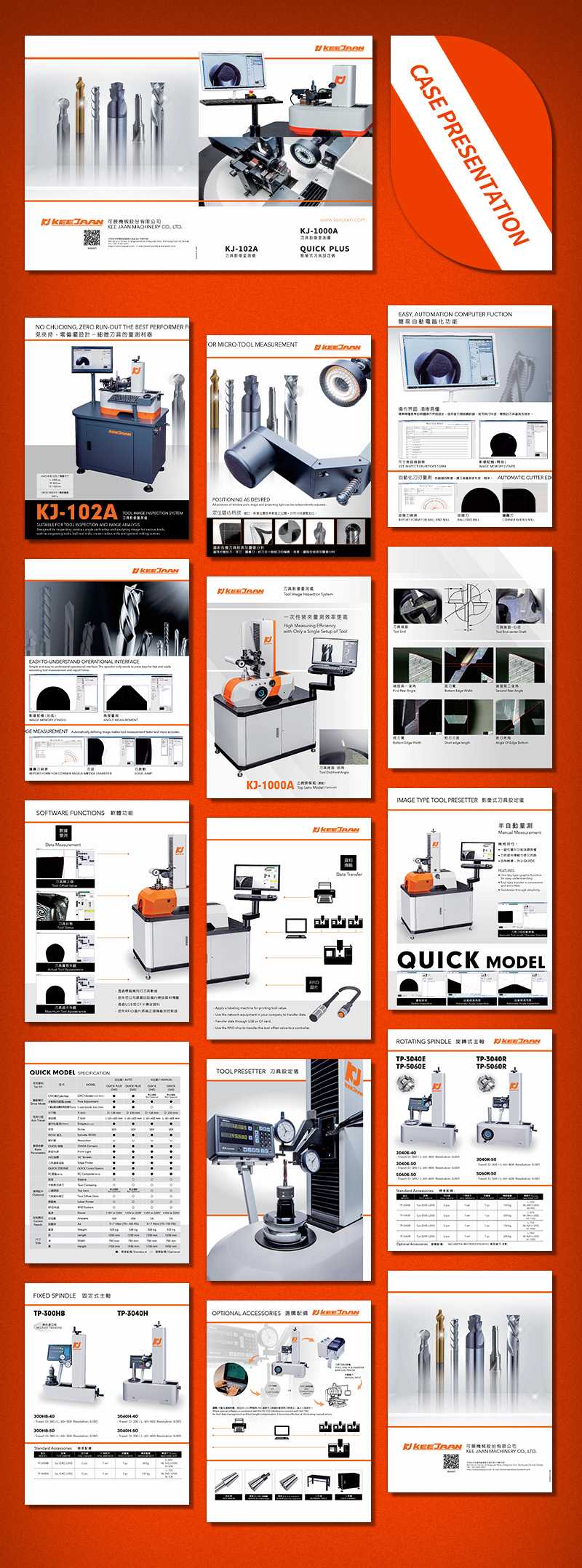
After all, professionalProduct brochure productionThe core really lies not in the fancy and cool design (of course, it's also important to look good!), but in the confidence of this "zero chaos"-making every modification leave footprints and making every release trustworthy. Incorporate this mechanism into your manual production process, and it is the most stable moat for your brand. Finding the right method, your manual, can also become a brand weapon that makes customers feel at ease and envy opponents!



